
Bharat NCAP Crash Test Procedure, Regulations and More Explained
Bharat New Car Assessment Programme (NCAP) use three different categories of vehicle crash tests. On an offset deformable barrier, they involve a frontal impact test, a side impact test, and a pole side impact test. Find out the test procedure, regulations and more.
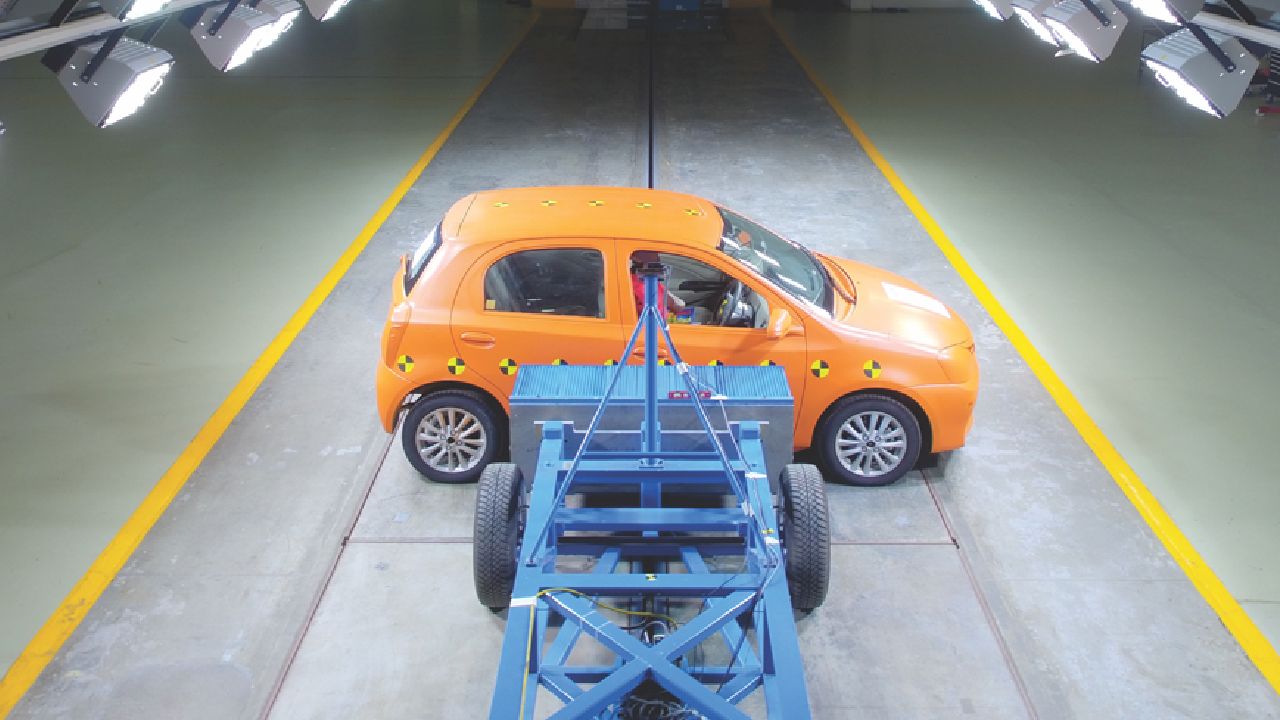
In August last year, Union Minister of Road Transport and Highways Nitin Gadkari launched the New Car Assessment Program (Bharat NCAP). The program aims to improve road safety by enhancing the safety requirements for motor vehicles weighing up to 3.5 tonnes in India. It allows automobile manufacturers to voluntarily submit their vehicles for testing in compliance with Automotive Industry Standard (AIS) 197. As per the Bharat NCAP regulations, automakers are required to submit an application in Form 70-A to the assigned central government agency. The star ratings are given to the cars by the designated agency, and these ratings are updated regularly.
In December 2023, the Tata Harrier and Safari became the first models to receive flawless scores for both adult and child occupant protection in the first round of the Bharat NCAP crash tests. Meanwhile, in the latest round of assessment, the Punch.ev and Nexon.ev were the first electric vehicles to undergo the tests, each scoring a perfect five star.
Also Read: Bharat NCAP: Maruti Suzuki Swift, Hyundai Exter and More To Undergo Crash Tests Soon?
Bharat NCAP: Selection of Cars
Bharat NCAP allows automobile manufacturers to voluntarily submit their car models for crash testing and safety evaluation. Once the crash test is done, the authorities will send the results to the relevant OEMs, and the results will be disclosed. If the manufacturers believe it is vital, they can request a reassessment. Furthermore, the Bharat NCAP is authorised to randomly choose car models from dealerships for crash testing and safety level assessments. This would boost the program's credibility and transparency even more. The crash safety program includes testing facilities for electric and CNG vehicles in addition to usual petrol and diesel-powered cars and trucks with internal combustion engines.
Also Read: Tata Safari, Harrier SUVs Receive 5-Star Rating in Inaugural Bharat-NCAP Evaluation
Bharat NCAP: The Procedure
Three different categories of vehicle crash tests are used by the Bharat New Car Assessment Programme (NCAP). On an offset deformable barrier, they involve a frontal impact test, a side impact test, and a pole side impact test. Through these tests, the car's safety features and its capacity to shield occupants from harm in the case of an accident are thoroughly assessed. Bharat NCAP uses sensor-equipped dummies to assess the force of impact during simulations of real-world crashes at various speeds, just like Global NCAP and other crash testing programs throughout the world. As per the latest AIS-197 notification, the test speed for the frontal impact test is 64km/h, whereas the side impact and the pole side impact tests are conducted at a speed of 50km/h and 29km/h, respectively.
The impact's effect on the dummy occupants is assessed by a post-test examination of sensor data. The Bharat NCAP employs adult occupant protection (AOP) and child occupant protection (COP) criteria to evaluate automotive safety. The cars are rated on a scale from 0 to 5. To be considered safe for an adult passenger, a vehicle must receive a total of 27 points or more during the crash test. In a similar vein, a vehicle that achieves at least 41 points will receive a perfect five-star rating in the child occupant protection area.
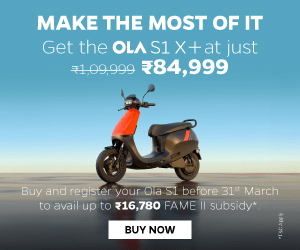

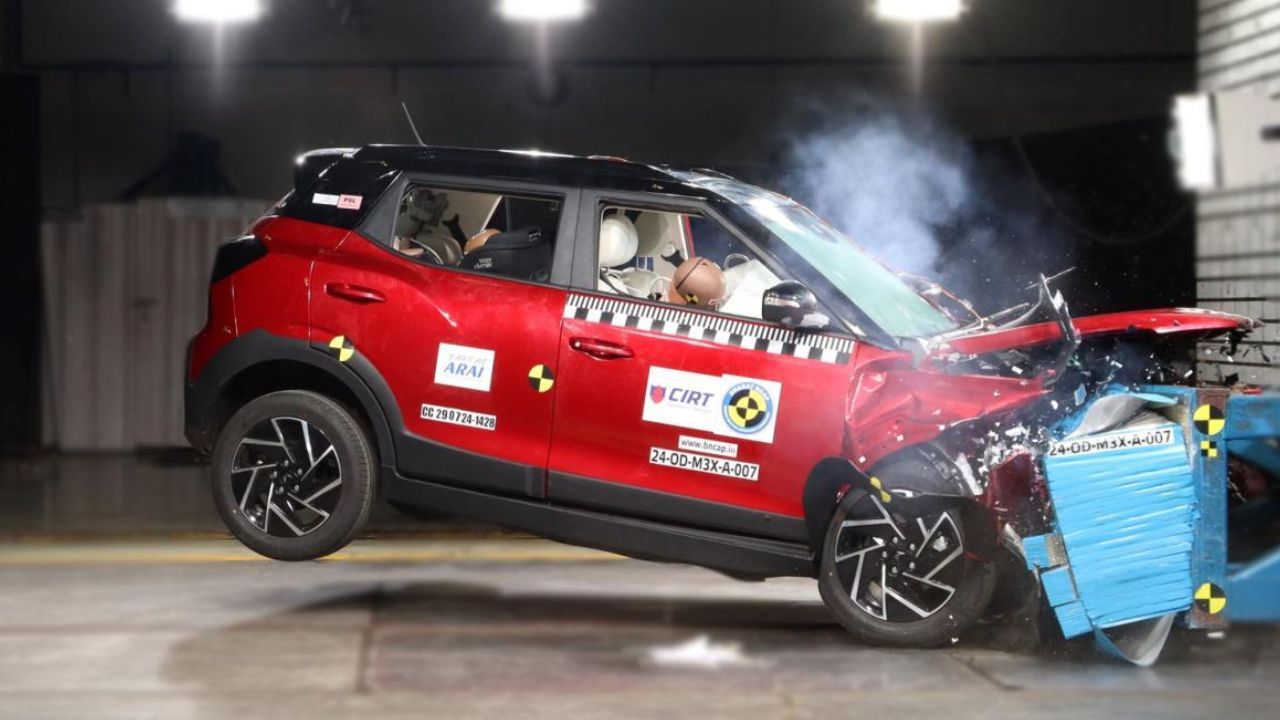
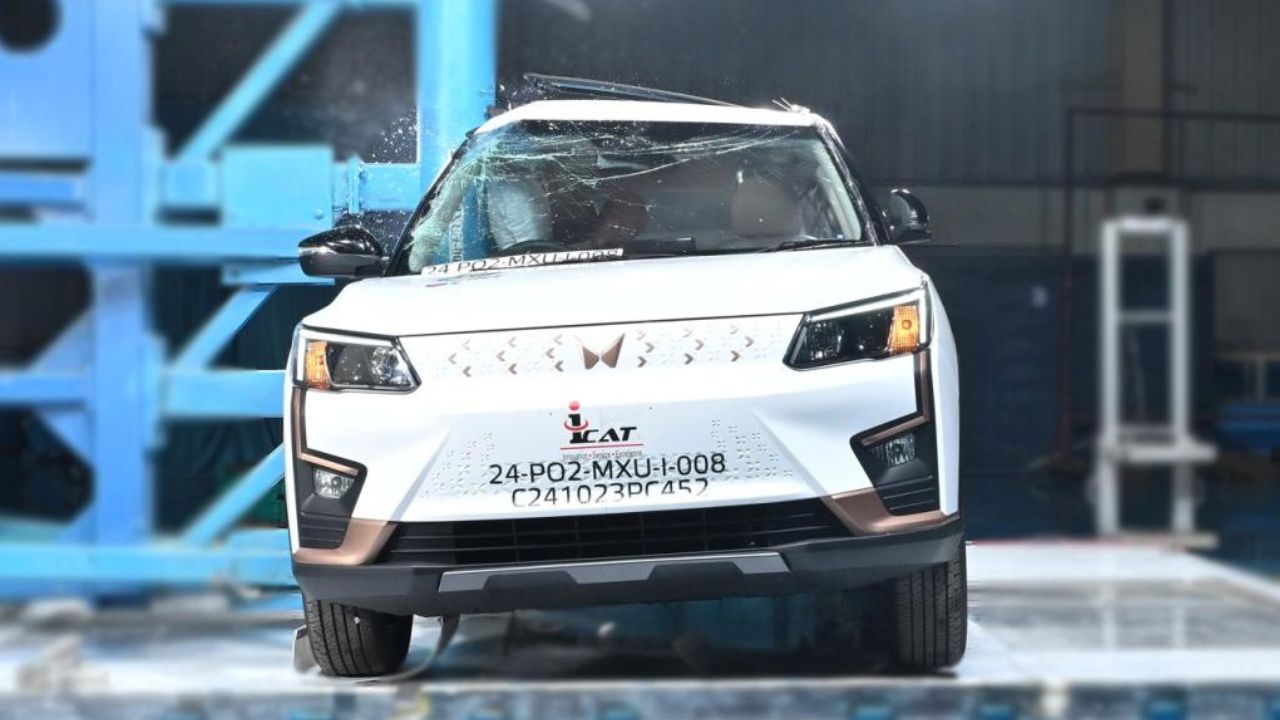
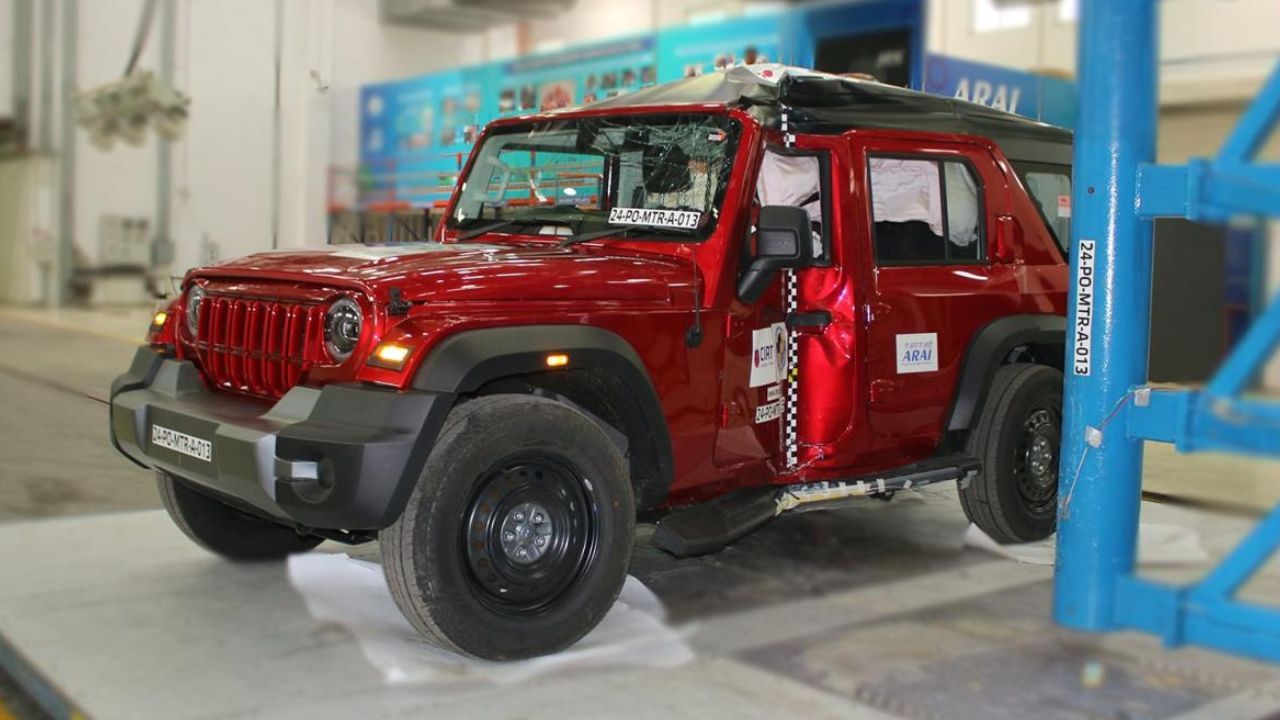
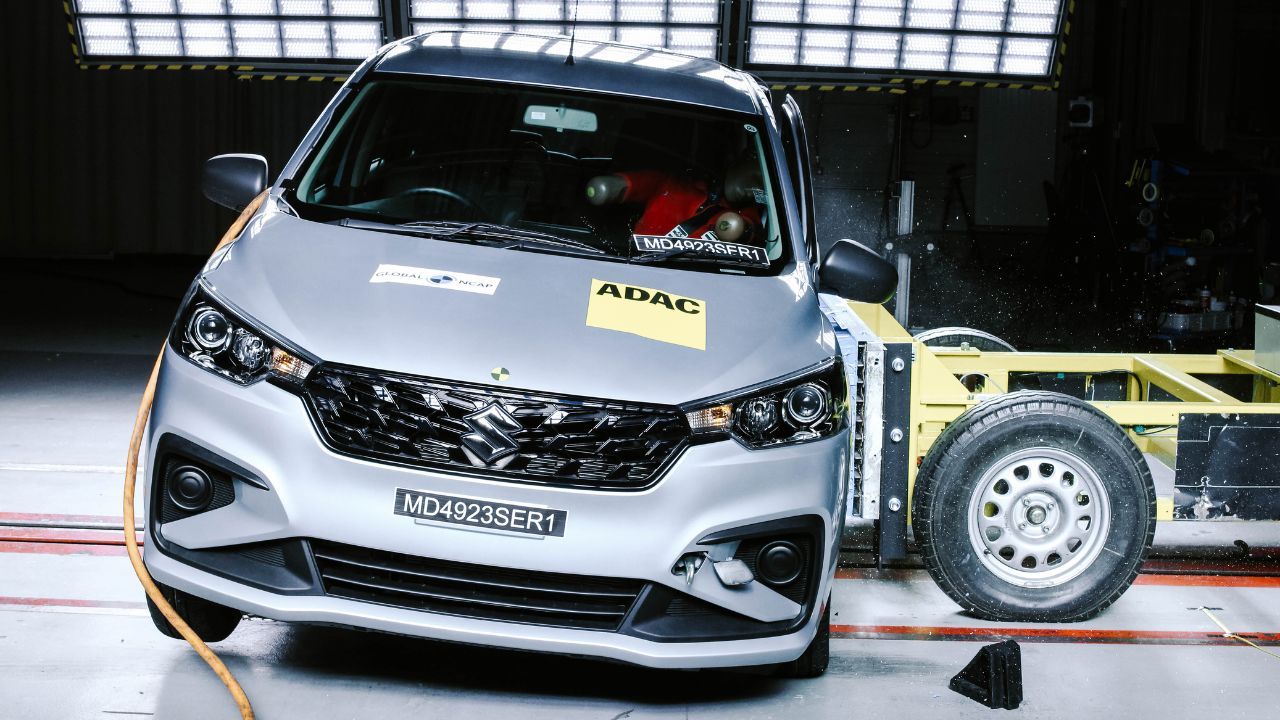
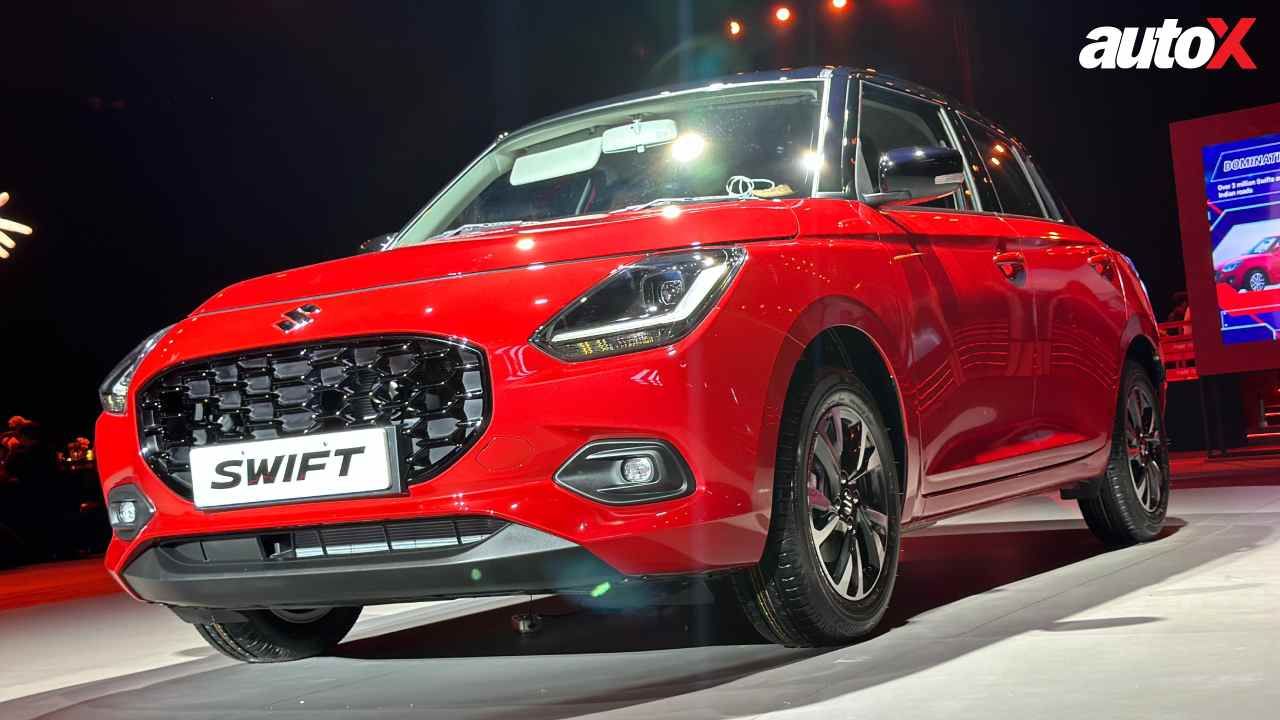
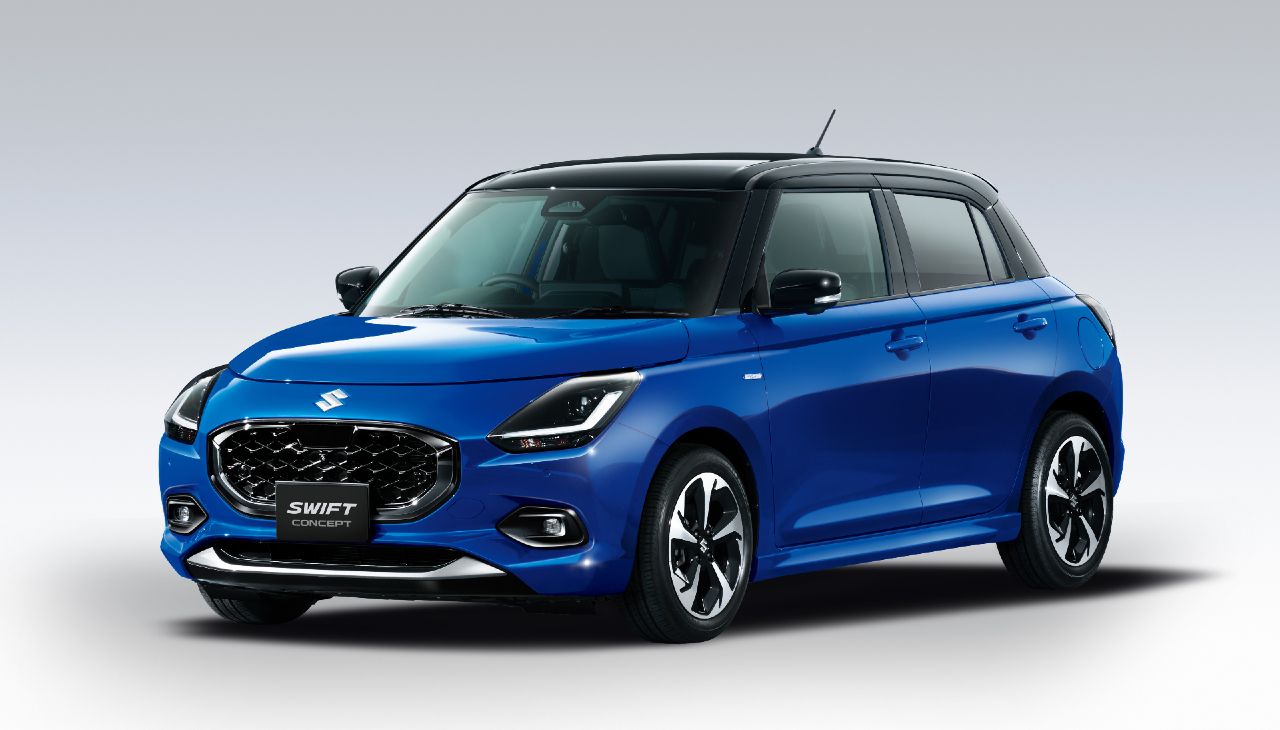

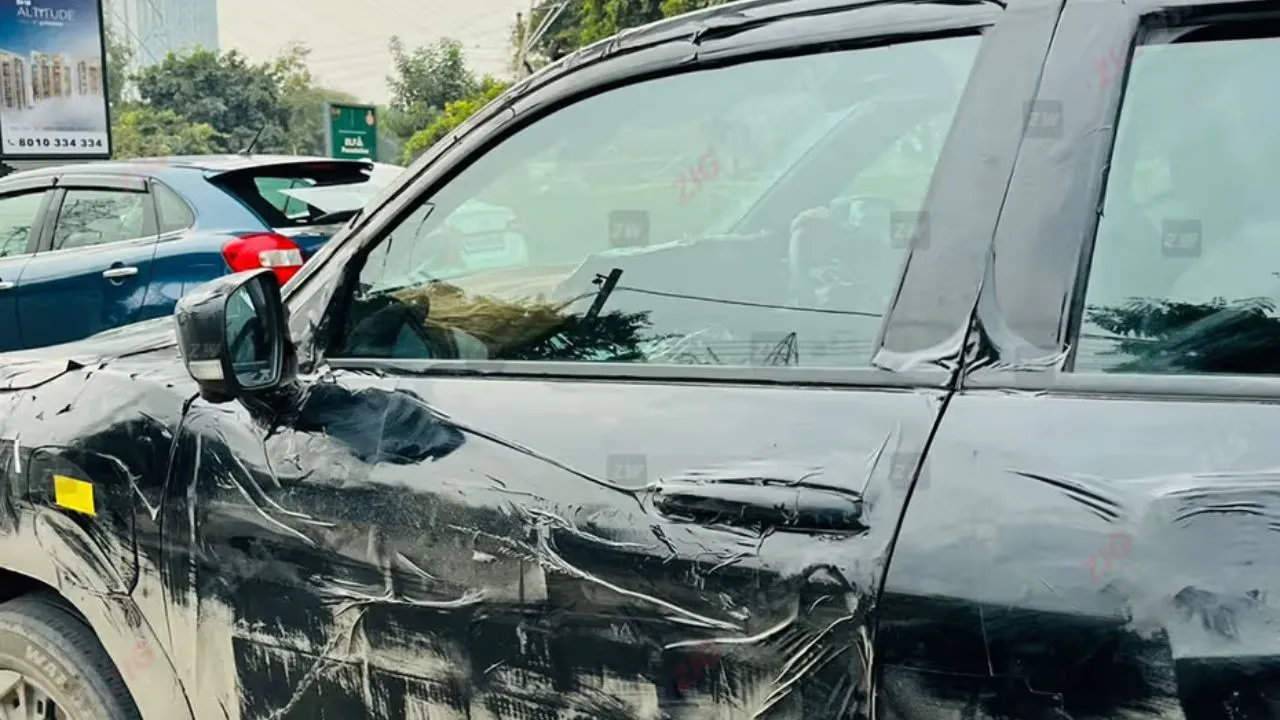
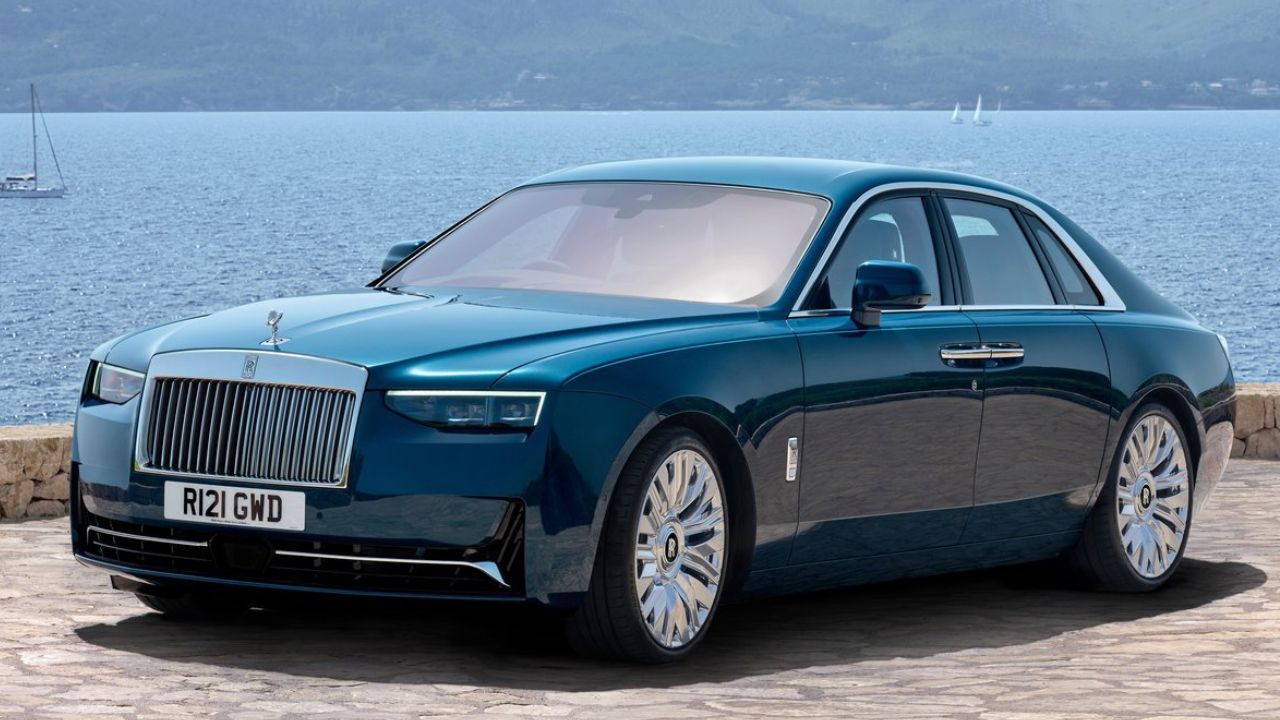
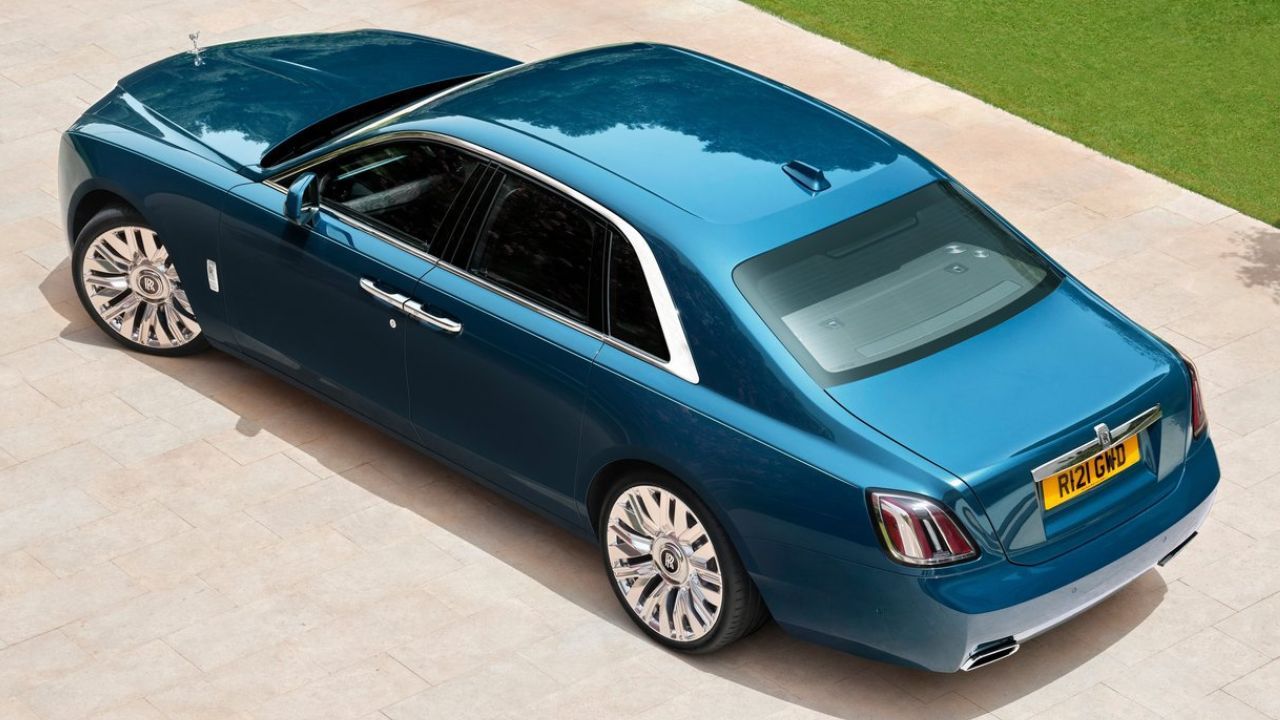
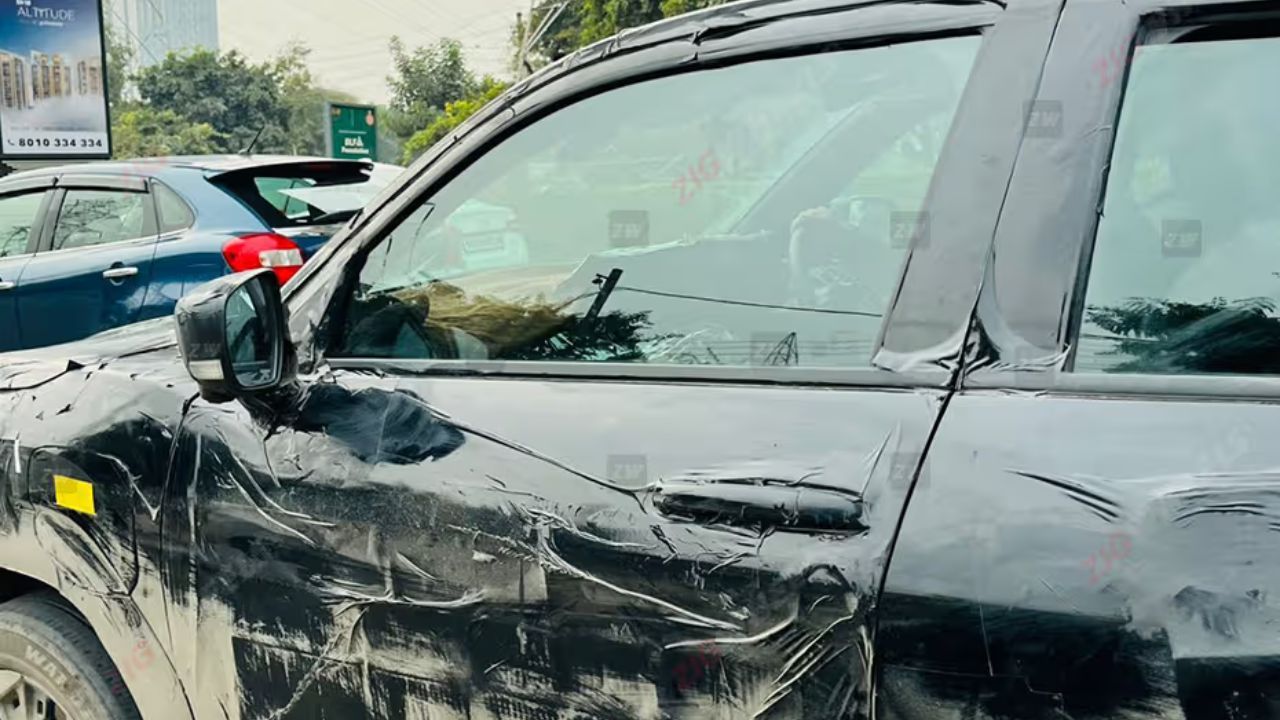
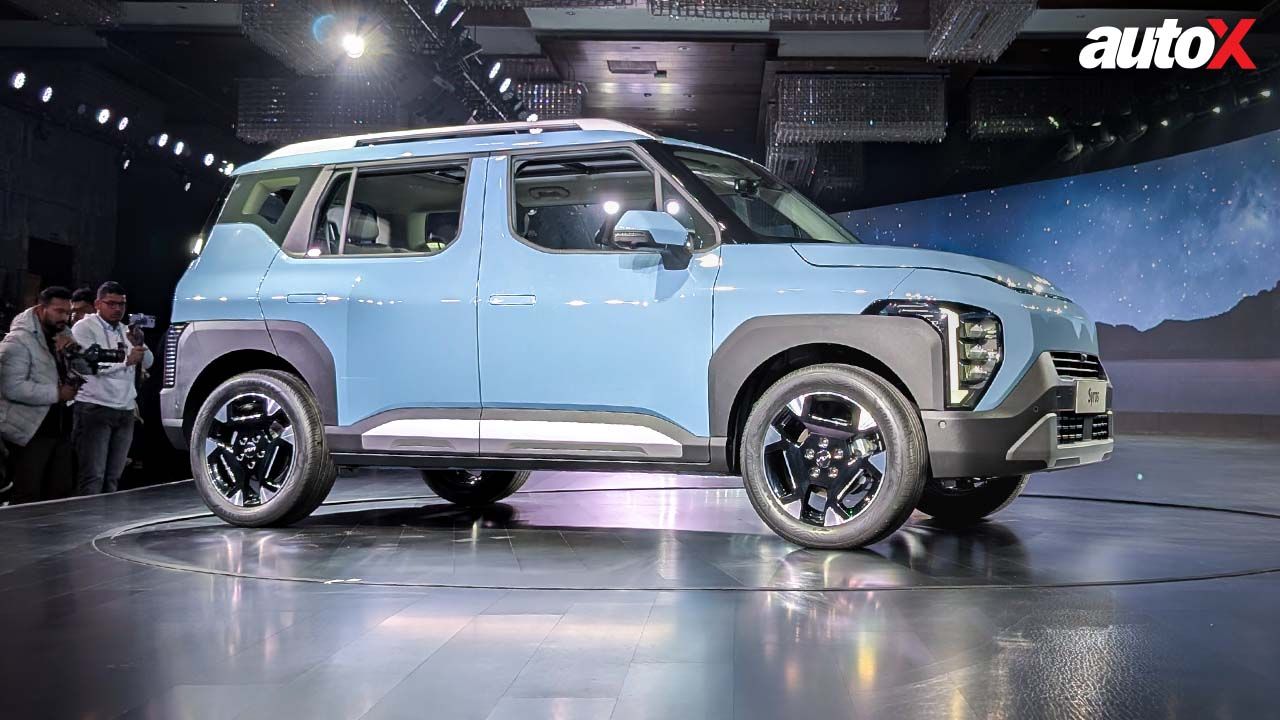
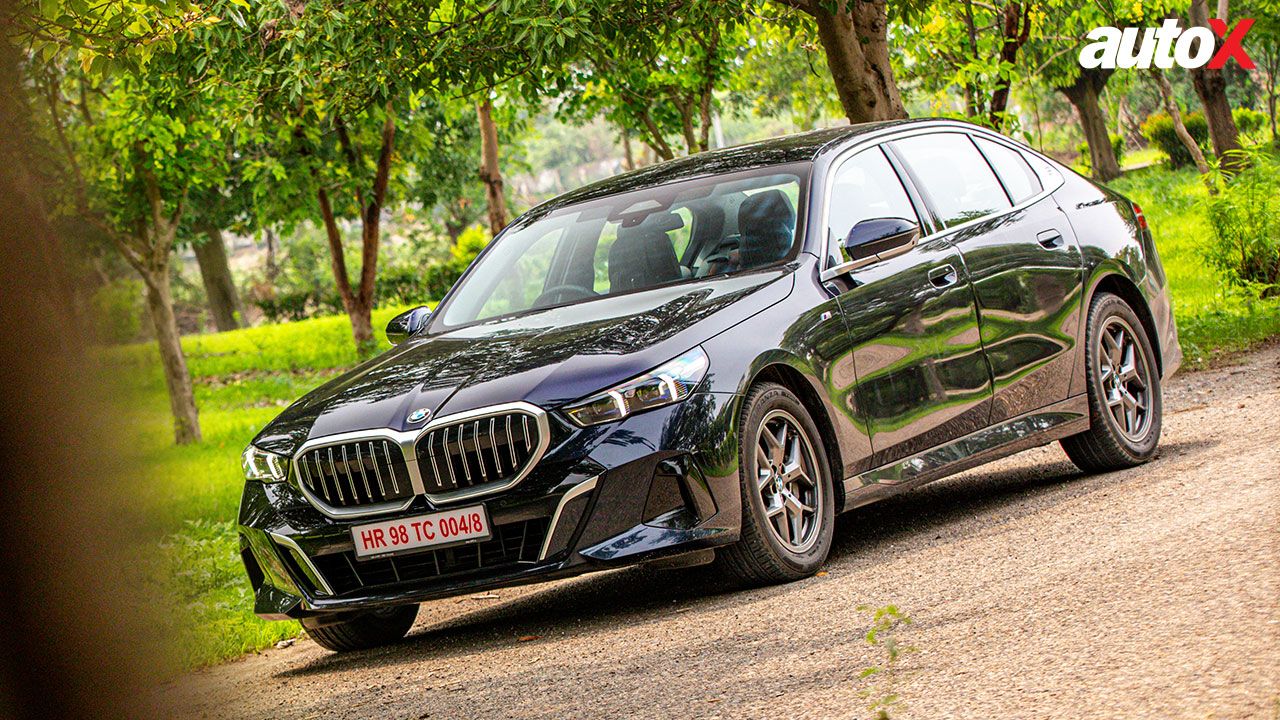
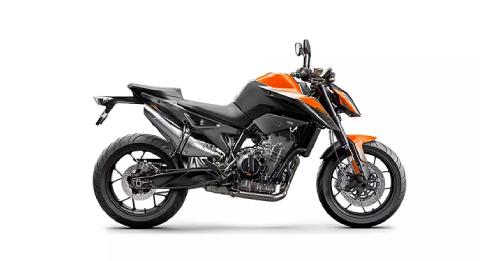
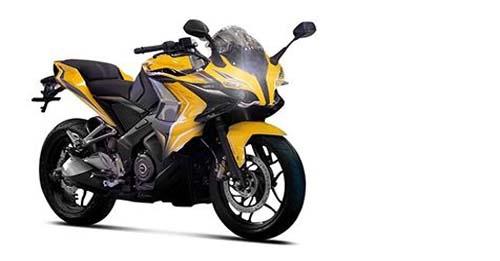
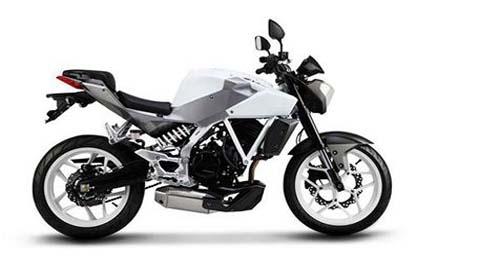
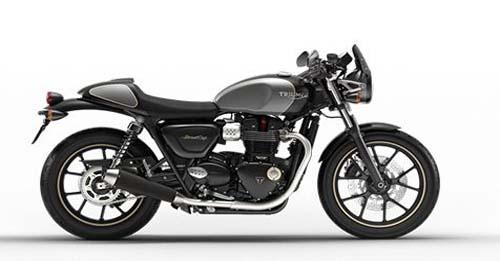
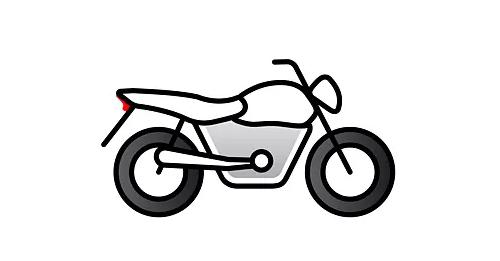







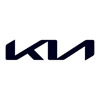

Write your Comment on